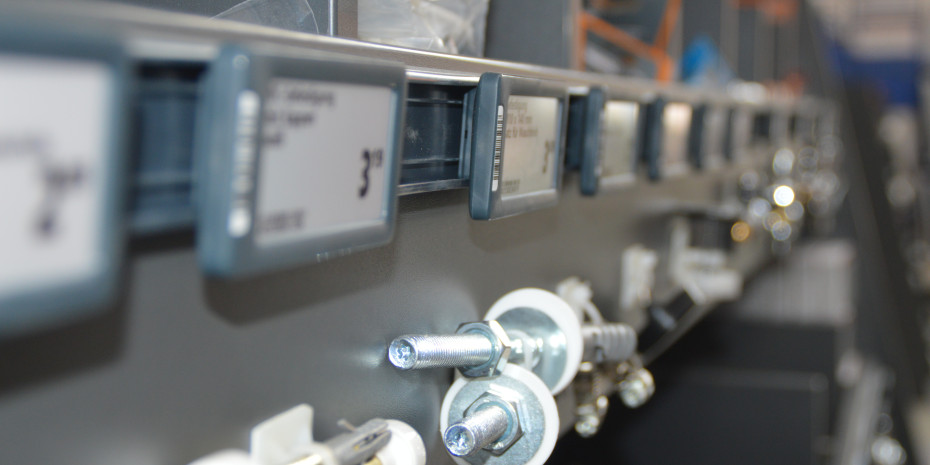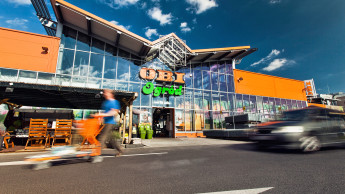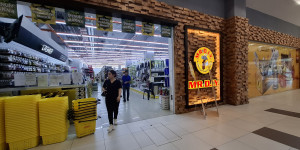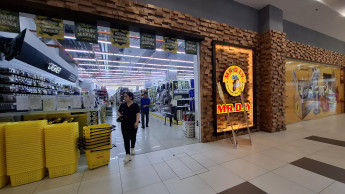How did the prices of the main product categories in hardware, home improvement and gardening evolve?
Matt Pavich: While the evolution of pricing varies greatly from market to market and by segment, it is safe to say that DIY has seen more deflation than other major retail segments. To provide an example of this, the most recent U.S. Monthly CPI report (May 2024) shows that laundry equipment prices are down 11.6 per cent, outdoor equipment down 6.1 per cent, and tools/hardware down 4.1 per cent versus last year. All of this while other key categories like food, apparel, gas, and new vehicles are slightly up versus last year or flat. And of course, most DIY retailers have been dealing with deflation on some core commodities like frame lumber since last year. While this is great news for consumers looking to buy a new washing machine or install a fence in their backyard, this puts DIY retailers at a disadvantage when trying to grow their revenue versus prior years without finding ways to massively accelerate units. This pricing evolution stems from multiple factors and varies by segment but can basically be summed up by lowered demand and increased supply – the opposite of what drove inflation in the first place.
Which are the categories showing the strongest decreases of price level?
As stated above, some key appliance categories have shown some of the largest decreases. This coupled with weaker demand has led to real challenges for merchants owning these categories.
What are the reasons?
A challenge for DIY retailers is that Covid led to a lot of consumers spending heavily on DIY projects in 2020/2021 which has resulted in less need for those projects to happen in 2023 and 2024. Simply put, people who redid their office, built a deck, or painted their house in 2021 don’t need to do any of those activities again for a long time. This has made it hard to annualise sales which is best illustrated by Home Depot posting negative comp-store sales for five consecutive quarters. Further compounding this problem are projections from consumers that they may not spend a lot in the home improvement space in the near future.

Are there categories showing increasing prices?
Using the latest U.S. CPI report as an example, window coverings are up nearly 10 per cent versus last year while indoor plants/flowers are up over 5 per cent from this time last year. These numbers speak to the volatility of the DIY space as most grocery or apparel categories are not increasing or decreasing at such levels.
What does that mean for the home improvement retail sector in the US and in other regions? How have sales developed this year so far, how will they develop further?
Globally, it looks like it may be another rough year for the DIY segment as illustrated by some of the earnings reports we’ve already seen. On the bright side, this is not true for all regions or retailers as multiple leading DIY retailers in APAC (like Mr. DIY and Bunnings) posted strong results in 2023 and continue to show promise in 2024. It is also true that retailers using the best practices, strategies, and technologies available are better at weathering the challenges. This is particularly true in the pricing space where severe pricing volatility has enabled retailers that use sophisticated, AI-informed pricing platforms to outperform their peers and offer better deals for their customers while profitably growing share. Regardless of how the DIY segment performs overall in 2024, there are multiple opportunities for retailers to gain share with the right deals, offers and pricing in the coming months.

 Menü
Menü













 Newsletter
Newsletter